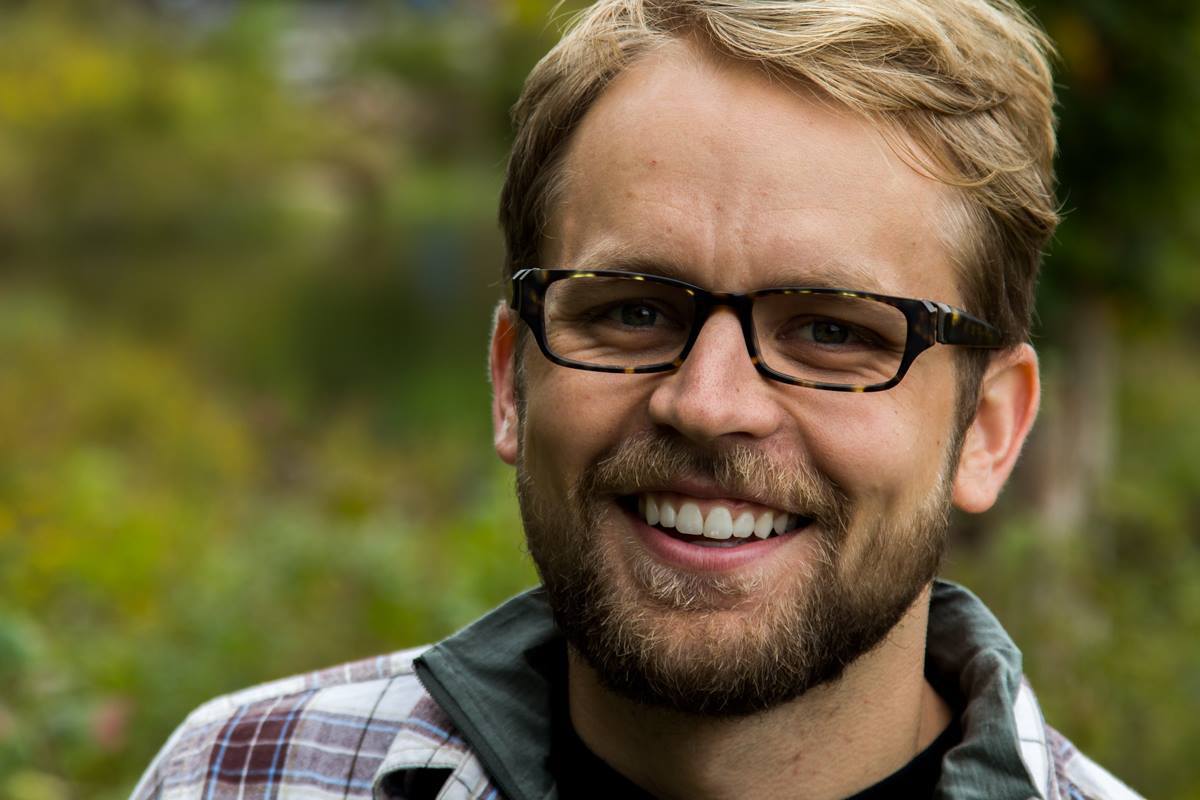Research
I am interested in a wide variety of research topics, all falling under the umbrella of evolutionary biology. Broadly speaking, I’m interested in how the world’s current diversity of life arose and what life on earth might have been like in the past. I want to know what organisms looked like, where they lived, and how historical events shaped their distributions. I am fascinated by the variation in organisms’ genomes and how these variations might help us better understand their past. To answer some of these questions, I use the tools of molecular phylogenetics and bioinformatics.
Insect evolution
The world is a wonderful place full of interesting life. Among the most diverse and least understood organisms are the insects—a fact that makes them endlessly interesting to me. I satisfy some of my curiosity by participating in large collaborative efforts such as the 1KITE project, which is aimed at better understanding the evolutionary history and diversity of insects. My specific insect interests are focused on an order of small, moth-like insects called caddisflies (Insecta: Trichoptera). My PhD work was primarily focused on understanding the evolution this group. You can read more about my research on caddisflies here.
Phylogenetic methods
A phylogenetic tree is only as good as the method and data used to infer it. I am interested in improving phylogenetic tree estimation by ensuring that we are using appropriate models of molecular evolution. I am working with great collaborators like Rob Lanfear and Brett Calcott to devise data-driven methods to partition and apply models of molecular evolution to DNA and protein sequence alignments. We are implementing these methods in the software PartitionFinder. In complement, I am interested in targeting those data best suited for these models. To do this, I am working on developing additional software that harnesses the power of various machine learning methods to identify and remove portions of DNA sequence alignments that are in violation of model assumptions.

